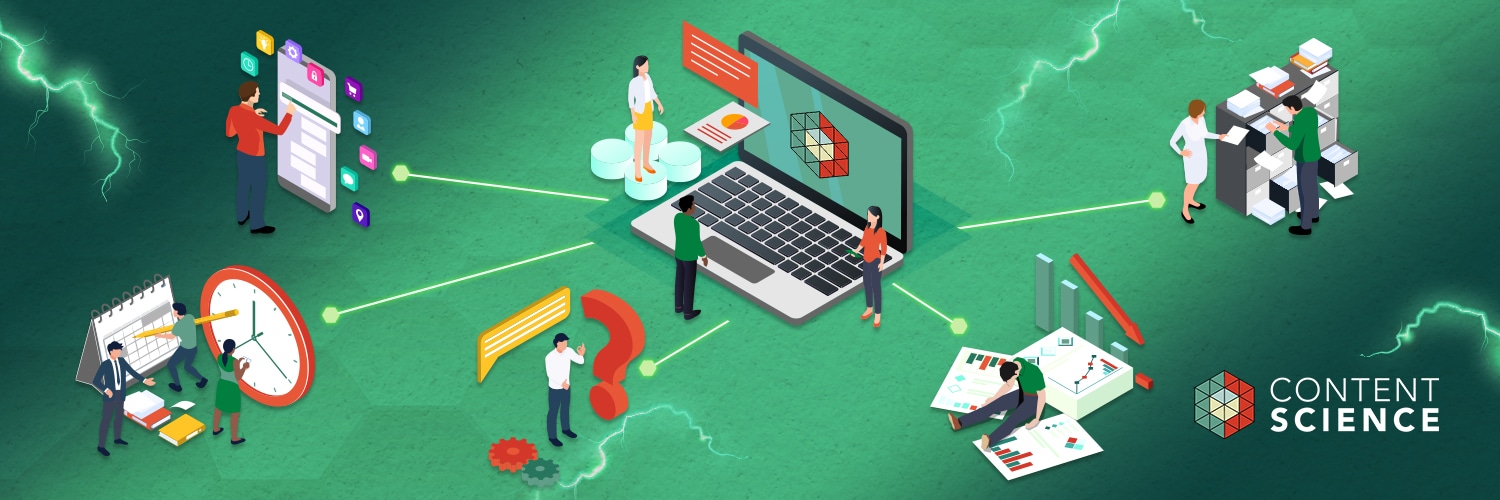
It’s been said that a picture is worth a thousand words. If this is true — and even this writer, editor and lifelong lover of long-form prose is squarely in the camp of believers — then you could argue that video and other multimedia content are worth millions.
This is especially the case in the very crowded brand journalism waters we’re collectively navigating. In late 2012, The Coca-Cola Company rebooted its corporate website — www.coca-colacompany.com — as the dynamic digital magazine Coca-Cola Journey with the simple but ambitious mission of using content to simultaneously build brand love and corporate trust.
Coca-Cola Journey makes (and sometimes breaks) Coca-Cola news, bringing to life the stories bubbling just beneath the surface of our business. We made this big bet because we believed — and still believe — that authentic stories matter, and that building a global newsroom can transform how we communicate as a company.
And our journey, pardon the pun, continues. Each day we learn from our fans, who tell us what they want to read and share, and from our peer Journey teams around the world (40 local editions of Journey are up and running, with more on the way) and fellow brand publishers who have inspired us to step up our game.
When we launched Journey, we were a big fish in a small pond. Now, we’re part of a large and growing ecosystem of brands embracing the power of content. And the digital publishing space has changed significantly over the past four and a half years, too, when you consider that the launch of Journey predated Instagram, Periscope, and Facebook Live, sponsored content, and the now standard practice of real-time marketing.
Taking into account shifting user trends and emerging technologies and tools at our fingertips, we’ve doubled down on visual storytelling — original video content, photo galleries, infographics, and more — over the past two years. Now, roughly half of the dozen pieces of content we produce and publish each week include video. This has made our stories stickier and more discoverable, significantly boosting both our site traffic and engagement on social, and helping our content spread to more readers on more platforms.
Here are a few ways we are using multimedia to make a bigger bang:
We’re humanizing our company.
Coca-Cola Journey uses video, animated GIFs, and more to champion our culture by bringing more than 700,000 Coca-Cola system employees worldwide — from senior executives to delivery drivers — to the forefront. Telling our stories through the voices of the people behind our global business brings authenticity and a personal touch to our editorial and has proven to be an effective employer-branding and internal-communications tool. This human-centric approach also resonates with consumers, especially Millennials, who increasingly associate with a company’s personality as much as its products.
We’re going behind the numbers.
Infographics have proven to be an effective way to visualize our quarterly earnings reports, analyst presentations, and other data-heavy comms. By using eye-catching charts, motion graphics, and illustrated quotes, we break down and bring to life key results and messages. These visuals — which we use to both complement written stories and as stand-alone storytelling devices — are published on Journey as downloadable PDFs and socialized on Twitter, Facebook, and LinkedIn as “bite-sized” graphics. In fact, our social engagement numbers on earnings content has more than doubled since taking this approach in late-2015.
We’re reporting in real time.
As the hub of the global Journey platform, our team covers Coke news, announcements, and events, serving as an internal newswire by syndicating stories and assets to our peers around the world for quick translation and reuse. Editorial photography and sizzle-reel videos are now key pieces of our real-time puzzle — which deliver more color and context to media than a press release ever could — and we’re starting to experiment with Facebook Live.
We’re showing it, not saying it.
The human brain processes images 60,000 times faster than text, which certainly explains the rise of Instagram, Snapchat, and other photo-driven platforms. As competition for eyeballs becomes more dizzying by the day, companies like Coke are leaning on visuals more than ever to break through the noise. Our Instagram handle is the LIFE magazine to Journey’s TIME, streaming both behind-the-scenes snapshots and pictorial extensions of our stories. Click-through galleries and photo narratives, meanwhile, help readers move through longer pieces. Our fans are contributing, too, by sharing pics, videos, and more through our UGC uploader — which receives up to 100 organic submissions per month.
We’re making our stories more shareable.
Taking cues from BuzzFeed and other social-driven publishers, we’ve fully embraced the power of the photo-heavy, copy-light “listicle.” We also edit longer, documentary-style Journey videos to embed natively on Facebook, with text overlays for volume-off scrollers.
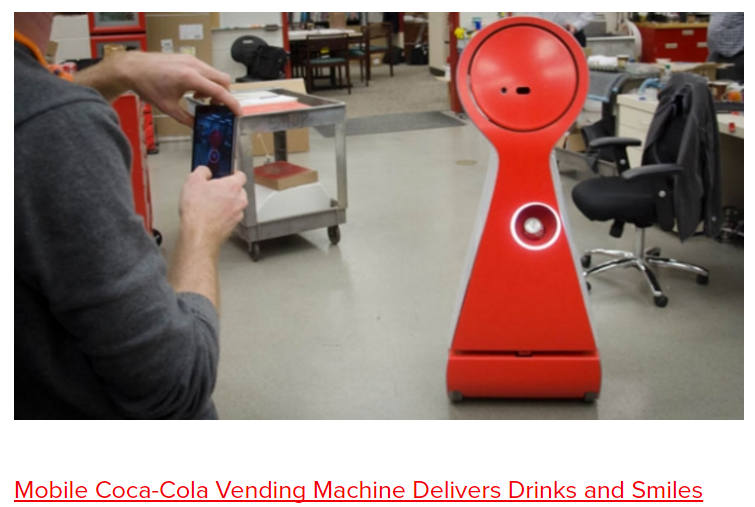
For more on Coca-Cola’s efforts to create shareable content, see this video on collecting water and this video on collaberating with Disney.
We’re embracing our past with an eye on the future.
As the 130-year-old company behind one of the world’s most beloved brands, we’re fortunate to have a deep reservoir of stories to share … and reshare. Video packages celebrating our rich heritage are among our top performers, as are pieces that balance nostalgia and innovation — and hint at both where we’ve been and where we’re headed.
We’re bringing value to our customers and NGO partners.
From the Olympic Games to World Wildlife Fund (WWF), we use multimedia storytelling to amplify our marketing and sponsorship assets, showcase our sustainability programs and partnerships, and strengthen relationships with our retail and food-service customers.
By fortifying our content with video and other visuals, we’re able to extend our reach — and our shelf life — and, hopefully, build the Coca-Cola business through our unique brand of brand journalism. And while magazine-style feature articles will likely always be the bedrock of our editorial, it’s safe to say that as our journey (pardon the pun) continues, we will continue to find fresh new ways to use multimedia to tell the Coca-Cola stories that matter.
Events, Resources, + More
The Ultimate Guide to End-to-End Content
Discover why + how an end-to-end approach is critical in the age of AI with this comprehensive white paper.
The Content Advantage Book
The much-anticipated third edition of the highly rated book by Colleen Jones is available at book retailers worldwide. Learn more!
20 Signs of a Content Problem in a High-Stakes Initiative
Use this white paper to diagnose the problem so you can achieve the right solution faster.
Upskill with Content Science Academy
Training for modern content roles through on-demand certifications + courses or live workshops.

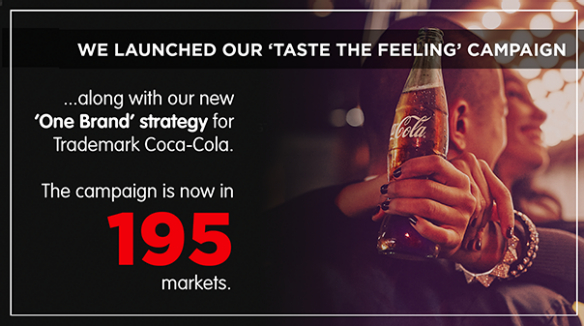
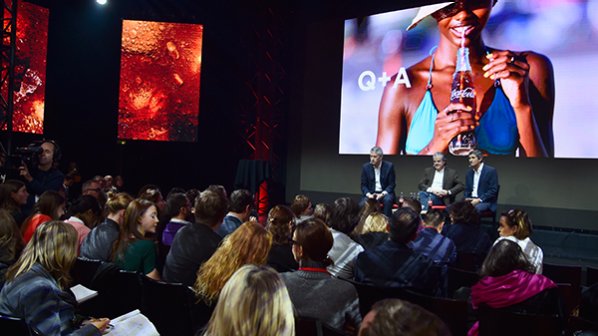
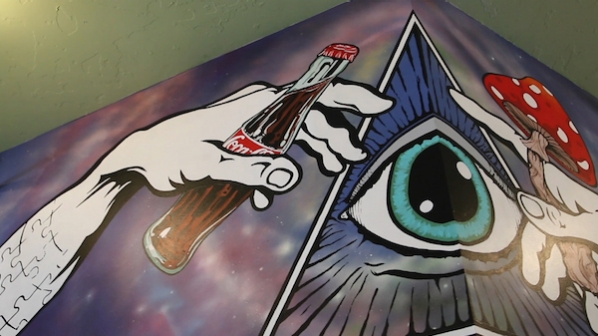





Comments
We invite you to share your perspective in a constructive way. To comment, please sign in or register. Our moderating team will review all comments and may edit them for clarity. Our team also may delete comments that are off-topic or disrespectful. All postings become the property of
Content Science Review.